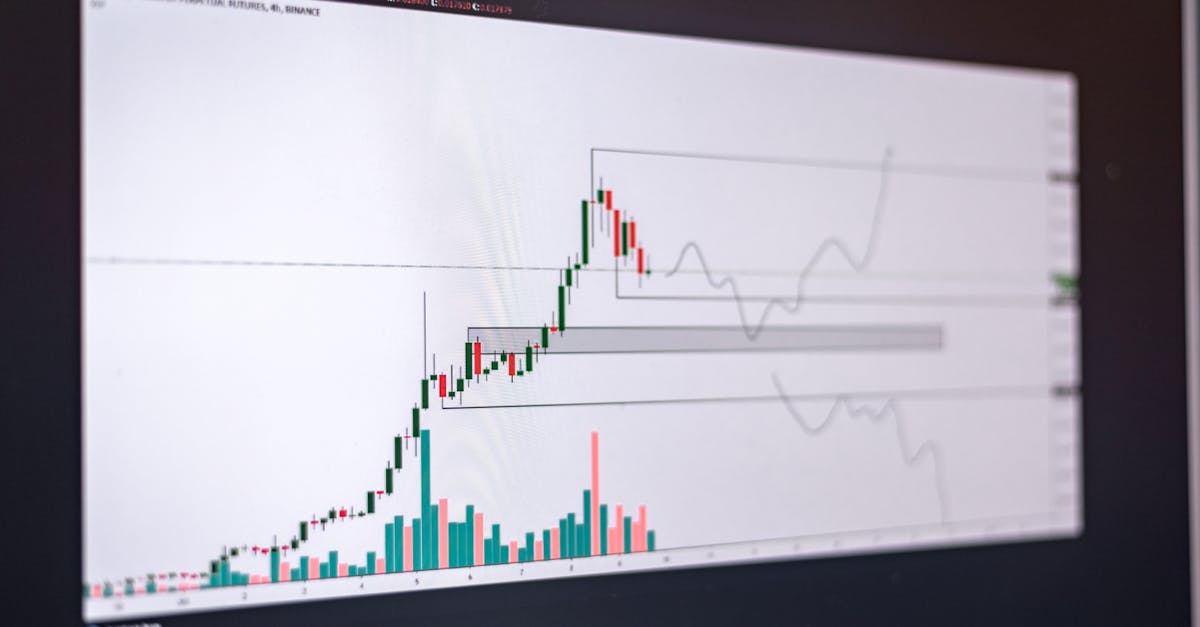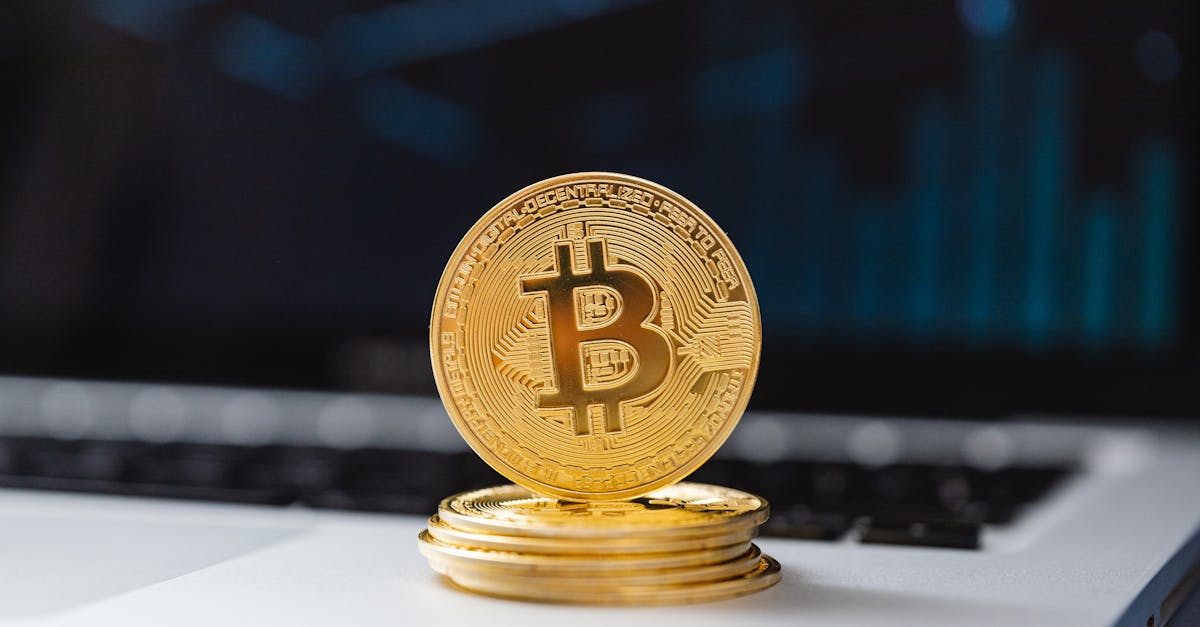Fiscally Futuristic Flashpoints 2035
Introduction: Defining the Future
As the calendar edges closer to 2035, the world stands at the brink of a transformative economic era defined by rapid technological advancements, geopolitical shifts, and evolving financial architectures. The global economy is poised to face pivotal flashpoints that could redefine industries, societies, and the core of financial systems. Key drivers include digital currencies, cross-border trade reforms, and environmental policies reshaping investment strategies. A focus on sustainability and technological integration further compounds the complexity of these fiscal flashpoints. With uncertainties looming, how societies navigate these challenges will dictate global economic trajectories. It is a time of promising possibilities and daunting dilemmas.
Advertisement
The Age of Digital Currencies
Digital currencies are expected to revolutionize financial ecosystems by 2035. Central banks worldwide have been developing their own digital currencies, potentially reducing reliance on traditional banking systems. Cryptocurrencies continue to evolve, shifting from speculative assets to legitimate mediums of exchange. Key innovations include decentralized finance (DeFi) platforms, enabling peer-to-peer transactions without intermediaries. However, the regulatory landscape remains fragmented, with governments grappling over control and integration. Balancing innovation with security risks emerges as a substantial challenge on the digital currency frontier.
Advertisement
Trade 2.0: New Regulatory Landscapes
Trade policies are becoming increasingly complex as new agreements and digital trade advances reshape the global market. By 2035, autonomous supply chains powered by AI and blockchain could redefine international commerce. Governments are revisiting trade agreements to reflect changes in technology, labor dynamics, and environmental goals. As trading partners seek strategic alliances, economic rivalries will likely intensify, potentially leading to tariffs and trade wars. The emergence of tech-driven trade demands foresight and adaptability from global economies, ensuring equitable growth and sustainability.
Advertisement
Green Finance: The Sustainability Imperative
Environmental considerations are now at the forefront of fiscal policy discussions, driven by global climate commitments. Green finance initiatives aim to funnel capital into sustainable projects, from renewable energy to smart cities. Global Financial Institutions (GFIs) are increasing green bonds and sustainable funding, which promote lower-carbon economies. The challenge lies in balancing short-term economic gains with long-term ecological objectives. Countries are competing to become leaders in green technology, sparking innovation and economic opportunity, while contending with the regulatory and fiscal complexities of implementing these measures.
Advertisement
The Automation Economy
Automation heralds a new era of productivity and efficiency, but it also poses challenges to labor markets. By 2035, up to 30% of jobs could face automation potential, reshaping workforce dynamics and economic structures. Policymakers grapple with creating social safety nets and retraining programs to support displaced workers. Automation impacts sectors from manufacturing and logistics to finance and healthcare. Successful economies will integrate human and machine labor efficiently, fostering innovation while maintaining economic equilibrium. Balancing automation’s benefits with its social impacts remains a critical challenge.
Advertisement
Data Privacy and Financial Security
With financial transactions and personal data increasingly digitalized, cybersecurity and privacy concerns are paramount. Financial institutions face new threats from sophisticated cyber-attacks, necessitating robust security measures and international cooperation. By 2035, enhanced blockchain technologies could provide transparency and security yet raise questions about access and control. Balancing transparency with privacy is a delicate act, as regulatory frameworks lag behind technological evolution. Trust remains a cornerstone of financial systems, requiring ongoing investment in data protection and security protocols.
Advertisement
Social Inequality and Economic Disparities
Despite technological innovations, fiscal inequalities pose a significant challenge to harmonious growth. Globalization has exacerbated disparities, with wealth becoming concentrated within technologically advanced regions. Governments are exploring universal basic income and progressive tax reforms to ensure equitable resource distribution. The intersection of technology, policy, and social equity will shape future economic landscapes. Addressing social inequalities is crucial for long-term prosperity, requiring collaboration among nations to foster inclusive growth.
Advertisement
Futuristic Financial Architectures
Financial architectures are undergoing transformation, driven by digital technology integration and innovative financial instruments. Traditional banking models face disruption from fintech companies offering more personalized services and competitive rates. Emerging markets are leapfrogging older technologies, adopting mobile-based financial services rapidly. Crowd-sourced funding, peer-to-peer lending, and tokenized assets redefine investment landscapes. Agile financial systems leverage data analytics and AI for real-time decision-making, optimizing resource allocation while managing risks effectively.
Advertisement
Geopolitical Tensions and Economic Alignments
The geopolitical terrain continues to influence fiscal futures as emerging market dynamics shift power balances. Strategic alliances and trade partnerships are evolving amid economic tensions, informed by technological, military, and diplomatic interests. Nations jockey for economic supremacy, impacting global supply chains and trade networks. Conflict and collaboration will shape fiscal strategies, necessitating adaptable policies to mitigate risks and leverage opportunities. As economies globalize, understanding and navigating these interests becomes increasingly complex.
Advertisement
Conclusion: A Year of Promise and Peril
Navigating fiscal flashpoints requires strategic foresight, collaboration, and innovation. As economies embrace change, they face an era defined by promise and peril. Embracing sustainable growth, balancing automation impacts, and addressing inequalities are crucial steps forward. The financial landscape of 2035 will reflect the choices made today, laying the foundation for a prosperous future. As we venture into unknown fiscal territories, the global economy stands resilient, ready to meet the challenges of a dynamically evolving world.
Advertisement








